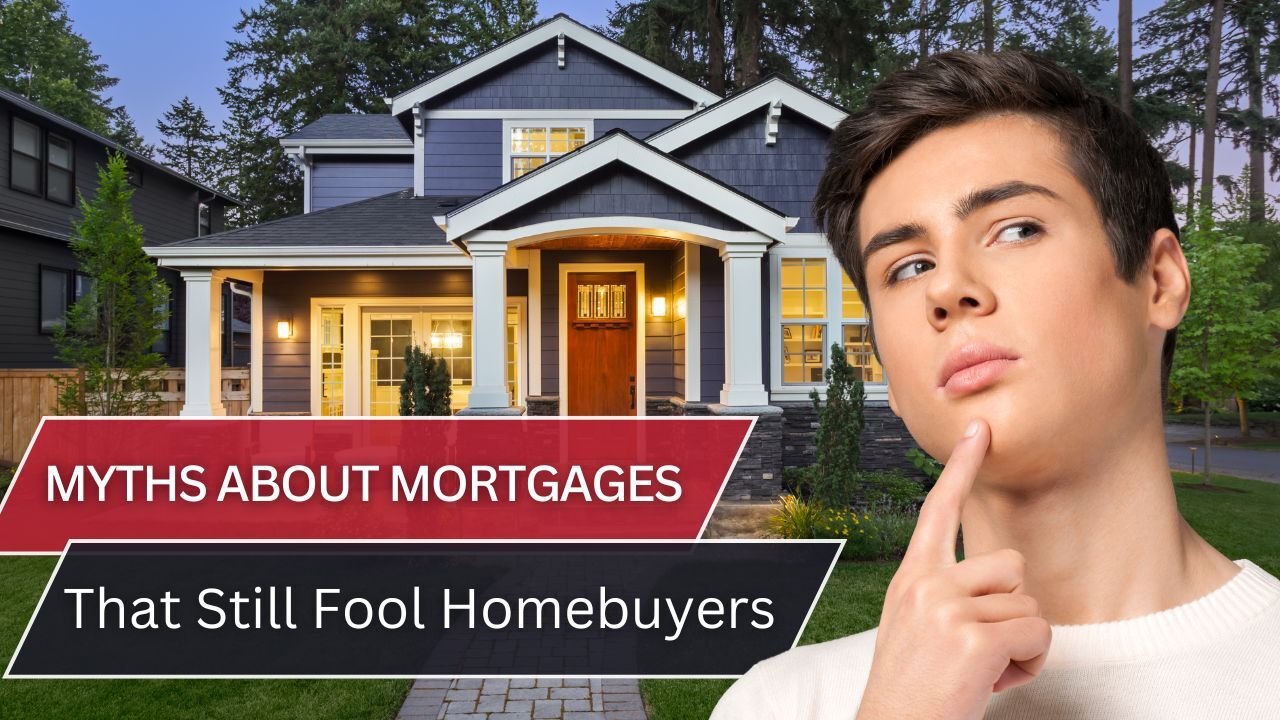 Buying a home is one of the biggest financial decisions most people will ever make, and the mortgage process can feel overwhelming. With so much information available, it is easy for myths to spread, and many homebuyers still believe ideas that are simply not true. Clearing up these misconceptions can make the path to homeownership less stressful and much more successful.
Buying a home is one of the biggest financial decisions most people will ever make, and the mortgage process can feel overwhelming. With so much information available, it is easy for myths to spread, and many homebuyers still believe ideas that are simply not true. Clearing up these misconceptions can make the path to homeownership less stressful and much more successful.
Myth One: You Need Perfect Credit
A common belief is that only people with flawless credit can qualify for a mortgage. While strong credit helps secure better rates, many loan programs exist for borrowers with less than perfect scores. Lenders look at the overall financial picture, including income, employment history, and debt, which means options are available even if your credit is not ideal.
Myth Two: You Must Have a Large Down Payment
Another myth is that you need 20 percent down to buy a home. Although putting more money down can reduce monthly payments and avoid mortgage insurance, there are many programs that require far less. Some allow as little as three percent down, while others assist qualified buyers with down payment support, making homeownership more accessible than many realize.
Myth Three: Renting Is Always Cheaper
Some buyers believe renting is the more affordable option, but this is not always true. Rent often increases over time, while a fixed rate mortgage offers stable monthly payments. Homeownership also builds equity and can provide long term financial advantages that renting cannot match.
Myth Four: You Cannot Pay Off a Mortgage Early
Many people think they are locked into a 30-year mortgage with no flexibility. Most loans allow extra payments toward principal without penalties. Paying a little extra each month or making occasional lump sum payments can reduce interest costs and shorten the loan term.
Understanding the truth behind these common myths can make homebuyers feel more confident and prepared. By separating fact from fiction, buyers can make smarter choices, explore all available options, and move forward with clarity on the path to owning a home.

